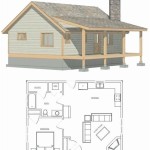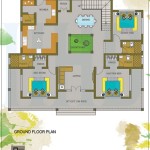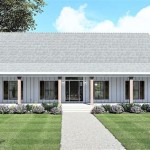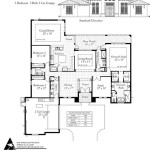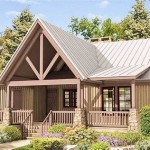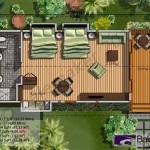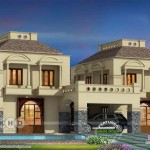Unveiling the Essence of 1970s House Plans: A Guide to Their Captivating Features
The 1970s was an era marked by bold architecture and innovative design. House plans from this decade embodied a unique blend of style and functionality, catering to the evolving needs of homeowners. Step back in time with us as we explore the essential aspects of 1970s house plans, highlighting their quintessential features and undeniable charm.
### Open Floor Plans and Abundant LightOne of the most defining characteristics of 1970s house plans was the emphasis on open floor plans. Walls were opened up to create spacious living areas that flowed seamlessly into one another, fostering a sense of openness and communal connection. Large windows and sliding glass doors flooded these spaces with natural light, creating a bright and airy ambiance. This emphasis on connectivity and natural light reflected the social and environmental sensibilities of the era.
### Sloped Ceilings and Wood AccentsSloped ceilings added another dimension to the interior design of 1970s houses. These angled ceilings created dramatic lines and a sense of volume, while exposed wood beams and paneling provided warmth and a touch of rustic charm. Wood was a popular material throughout 1970s house plans, both for its aesthetic appeal and its versatility. Kitchens often featured custom wood cabinetry, while living rooms and dens boasted wood-burning fireplaces.
### Multi-Level Spaces and Balconies1970s house plans often incorporated multi-level spaces to maximize square footage and create a sense of separation. Split-level homes, with their different levels staggered in height, were particularly popular. Balconies and decks were also common features, allowing homeowners to enjoy the outdoors while remaining connected to the interior.
### Built-In Features and Storage SolutionsFunctionality was paramount in 1970s house plans. Built-in features, such as bookshelves, desks, and cabinetry, were designed to make the most of available space and minimize clutter. Storage was another key consideration, with ample closets, pantries, and utility rooms ensuring that every item had its place. These practical elements contributed to the overall efficiency and comfort of 1970s homes.
### Energy Efficiency and SustainabilityAs environmental awareness grew in the 1970s, energy efficiency became an important factor in house design. 1970s house plans often incorporated features such as double-glazed windows, insulation, and passive solar design to reduce energy consumption and make homes more eco-friendly. These sustainable practices continue to be relevant today, as homeowners seek to minimize their environmental impact.
### Amidst the Bold and the Beautiful1970s house plans stand as a testament to the era's commitment to innovation and functionality. Their open floor plans, sloped ceilings, and multi-level spaces created inviting and dynamic living environments. The emphasis on wood accents and built-in features added warmth and practicality, while energy-efficient design demonstrated a growing concern for sustainability. Today, 1970s house plans continue to be admired for their timeless appeal and unwavering functionality.

Vintage House Plans 1970s Farmhouse Variations

Vintage House Plans 2178 Blueprints

Craftsman French Country House Plan 1970

Retro House Plans Mid Century Modern Home

Vintage House Plans Multi Level Homes Part 9 Mid Century Modern

Standard A 33 Spanish Tudor 1970s Homes Modern Vintage House Plans Mid Century

84 Original Retro Midcentury House Plans That You Can Still Buy Today Renovation

The Most Popular 1970s House Plans Ranch Contemporary Split Levels Other Groovy Home Designs Americana

Vintage Mid Century Modern House Plans Drummond

Retro House Plans Mid Century Modern Home

